01:56
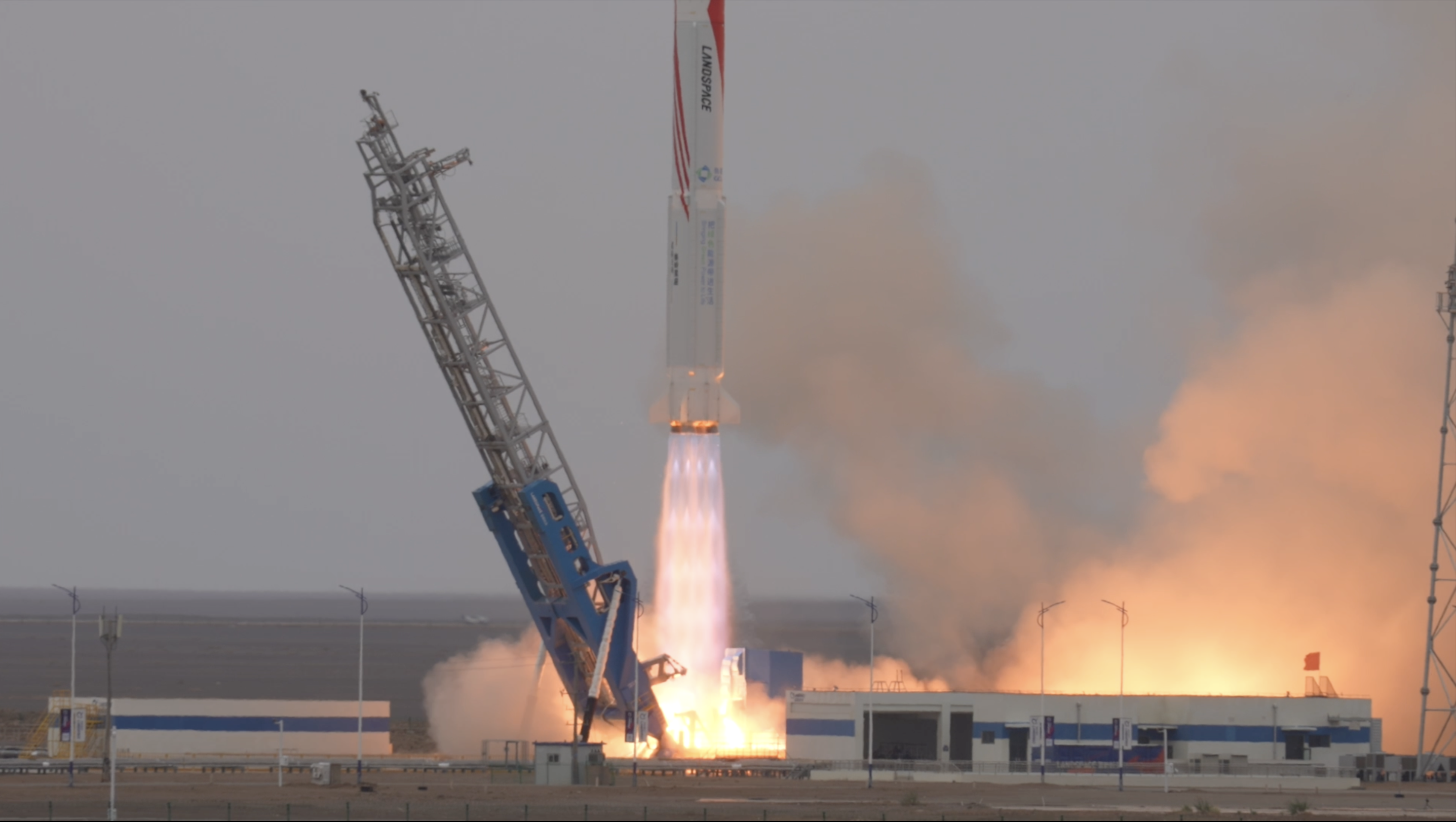
China's Zhuque-2 Y-2 has become the world's first methane-propelled rocket to successfully fly into orbit, marking a major breakthrough in the cutting-edge technology.
Given their high performance and low operational costs, methane-powered engines are particularly suited for reusable rockets, but it's not easy harnessing their power.
Since last December, such rockets, like the Zhuque-2 Y-1, the Terran 1 from Relativity Space and Starship from Space Exploration Technology Corporation (SpaceX), had all failed in their maiden launches.
In this backdrop, the launch of the Zhuque-2 Y-2 marks another success for China's private aerospace sector in 2023, following the launch of Space Pioneer's liquid-propelled Tianlong-2 in April.
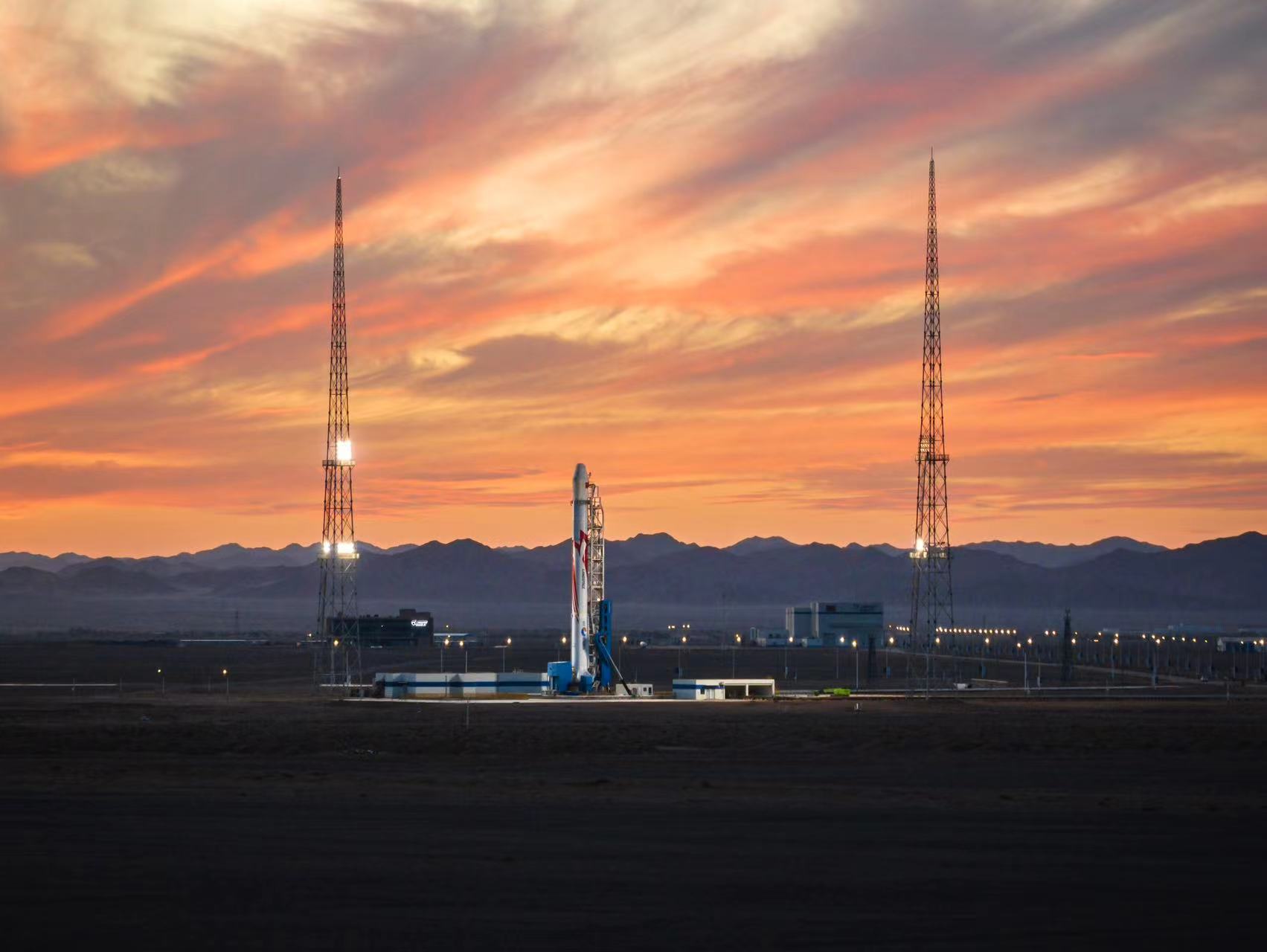
China's Zhuque-2 Y-2 rocket is ready for launch at the Jiuquan Satellite Launch Center in northwest China's Gobi Desert, July 12, 2023. /LandSpace
China's Zhuque-2 Y-2 rocket is ready for launch at the Jiuquan Satellite Launch Center in northwest China's Gobi Desert, July 12, 2023. /LandSpace
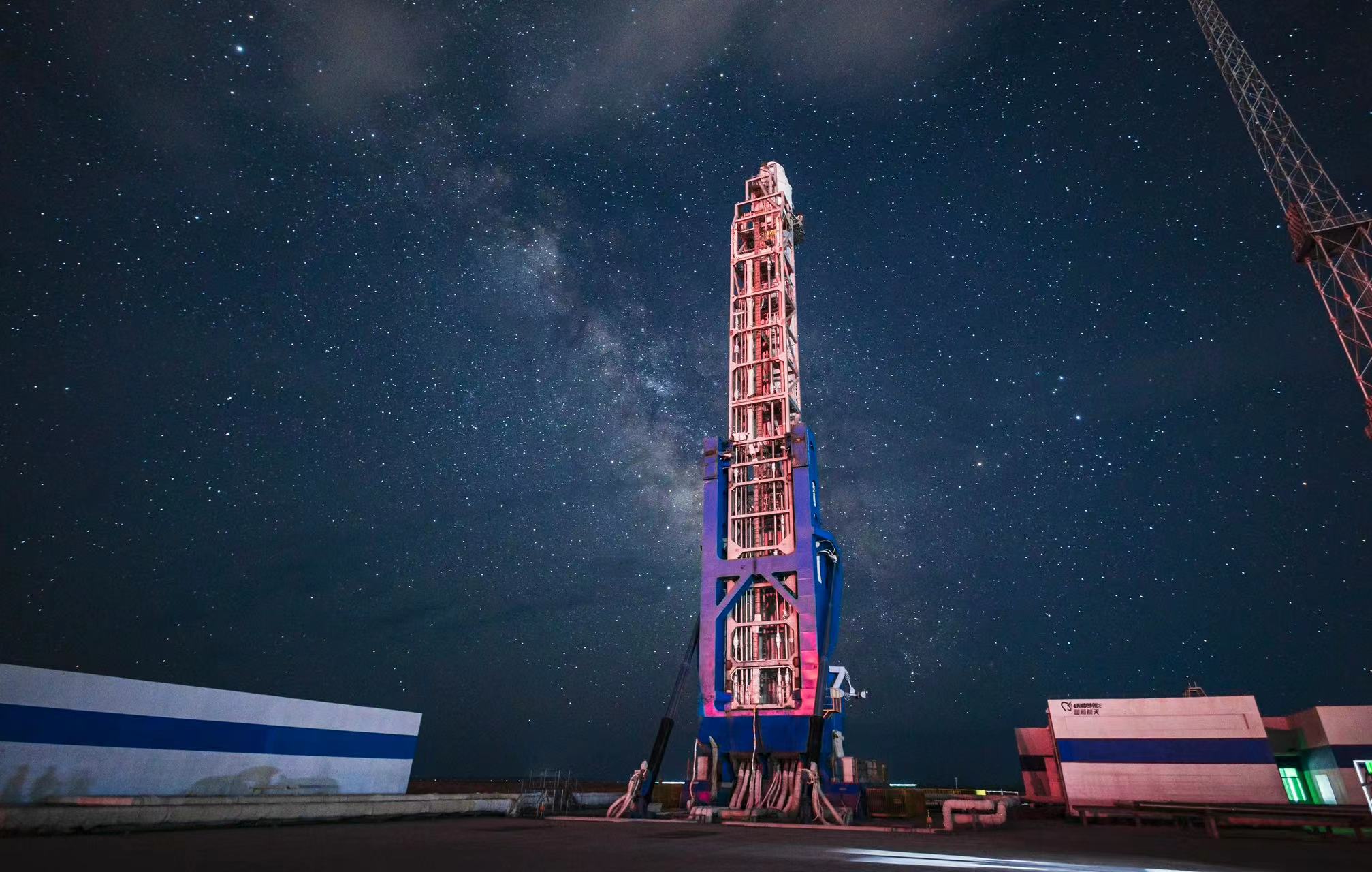
China's Zhuque-2 Y-2 rocket is ready for launch at the Jiuquan Satellite Launch Center in northwest China's Gobi Desert, July 12, 2023. /LandSpace
China's Zhuque-2 Y-2 rocket is ready for launch at the Jiuquan Satellite Launch Center in northwest China's Gobi Desert, July 12, 2023. /LandSpace
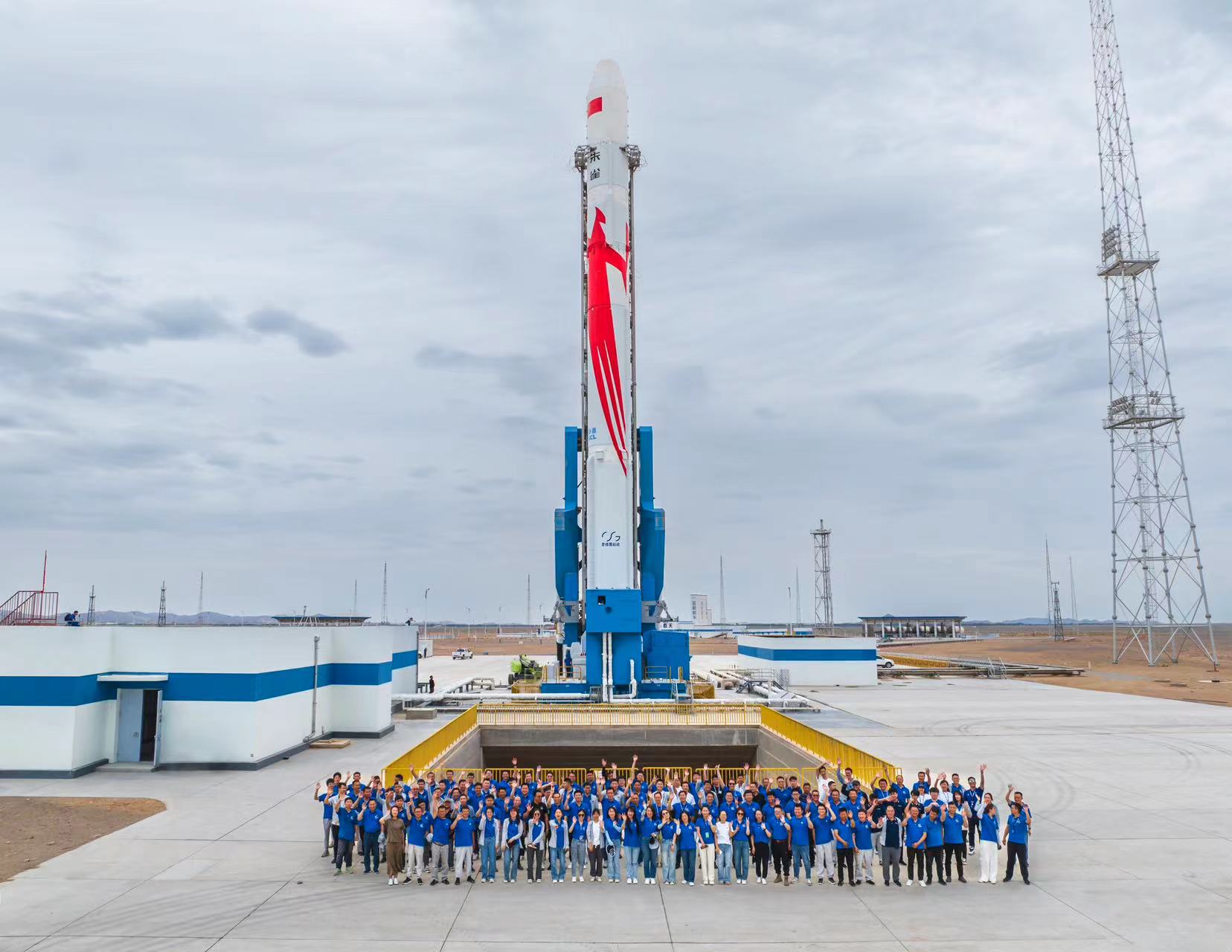
Staff members pose for a group photo before China launched Zhuque-2 Y-2 rocket from the Jiuquan Satellite Launch Center in northwest China's Gobi Desert, July 12, 2023. /LandSpace
Staff members pose for a group photo before China launched Zhuque-2 Y-2 rocket from the Jiuquan Satellite Launch Center in northwest China's Gobi Desert, July 12, 2023. /LandSpace
China's high-tech Zhuque-2 rocket
Codenamed "ZQ-2 Y2," the rocket was launched at 9:00 a.m. (BJT) Wednesday from the Jiuquan Satellite Launch Center in northwest China's Gobi Desert.
The success of this mission has verified the various schemes of the rocket and laid a solid foundation for the development of reusable rockets in the next stage, according to its developer, LandSpace, a Chinese private space launch provider.
The rocket uses liquid methane as fuel and liquid oxygen as oxidizer. They are reusable, nontoxic and powerful, and central to recyclable rockets.
The carrier rocket has a two-stage configuration, with a diameter of 3.35 meters, a height of 49.5 meters, a liftoff weight of 219 tonnes and a liftoff thrust of 268 tonnes.
This is the second Zhuque-2 test flight after a failed attempt last December. The current mission made a number of improvements and verified their effectiveness through simulation, ground tests and an engine test.
LandSpace said that after the success of the test flight, they will further optimize the rocket, accumulate experiences for its reliability and safety, and lay the foundation to provide low-cost and high-performance products for the market.
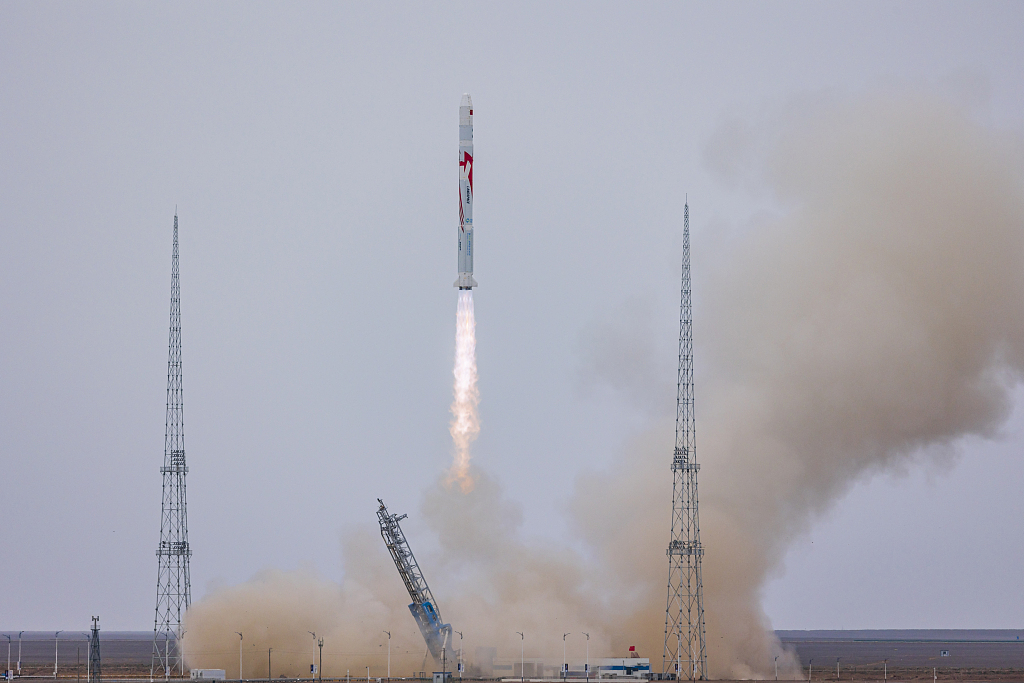
China launches Zhuque-2 Y-2 rocket at 9:00 a.m. (BJT) from the Jiuquan Satellite Launch Center in northwest China's Gobi Desert, July 12, 2023. /LandSpace
China launches Zhuque-2 Y-2 rocket at 9:00 a.m. (BJT) from the Jiuquan Satellite Launch Center in northwest China's Gobi Desert, July 12, 2023. /LandSpace
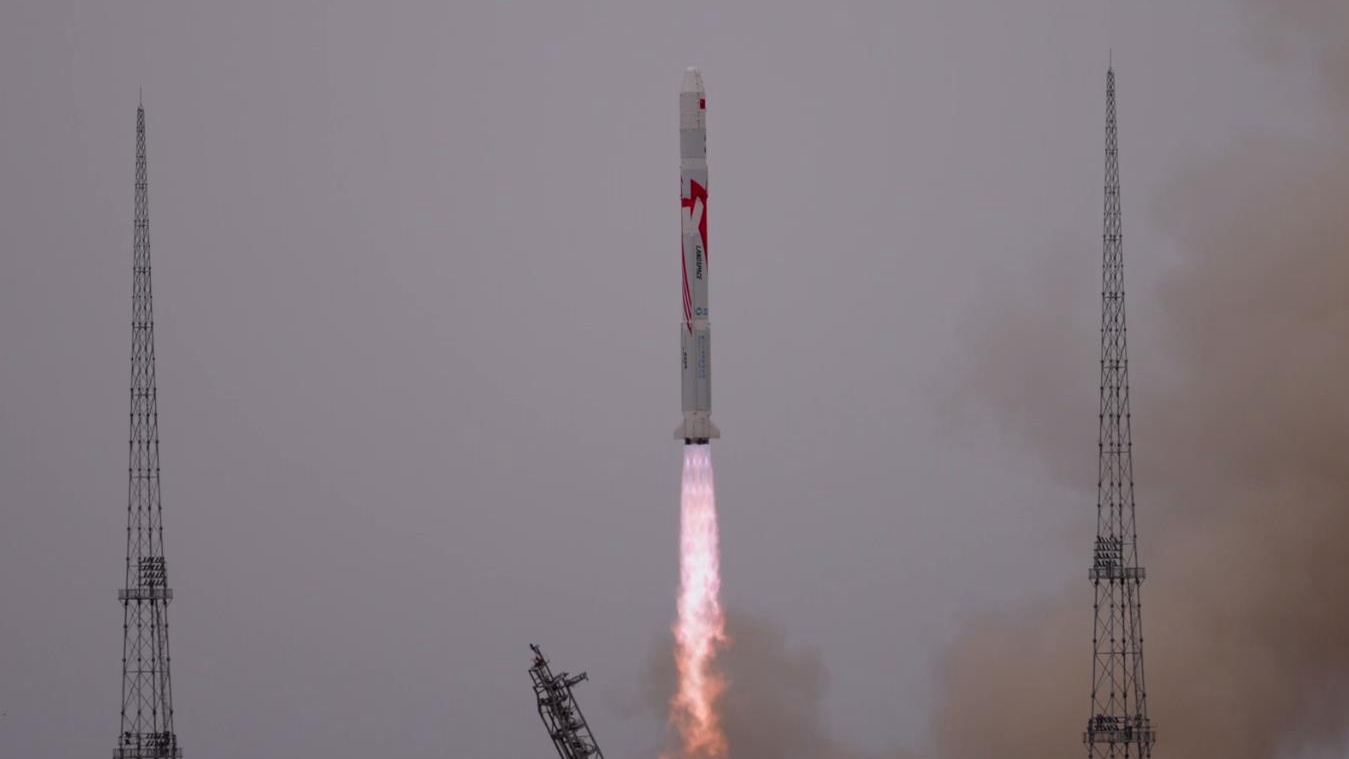
China launches Zhuque-2 Y-2 rocket at 9:00 a.m. (BJT) from the Jiuquan Satellite Launch Center in northwest China's Gobi Desert, July 12, 2023. /CGTN
China launches Zhuque-2 Y-2 rocket at 9:00 a.m. (BJT) from the Jiuquan Satellite Launch Center in northwest China's Gobi Desert, July 12, 2023. /CGTN
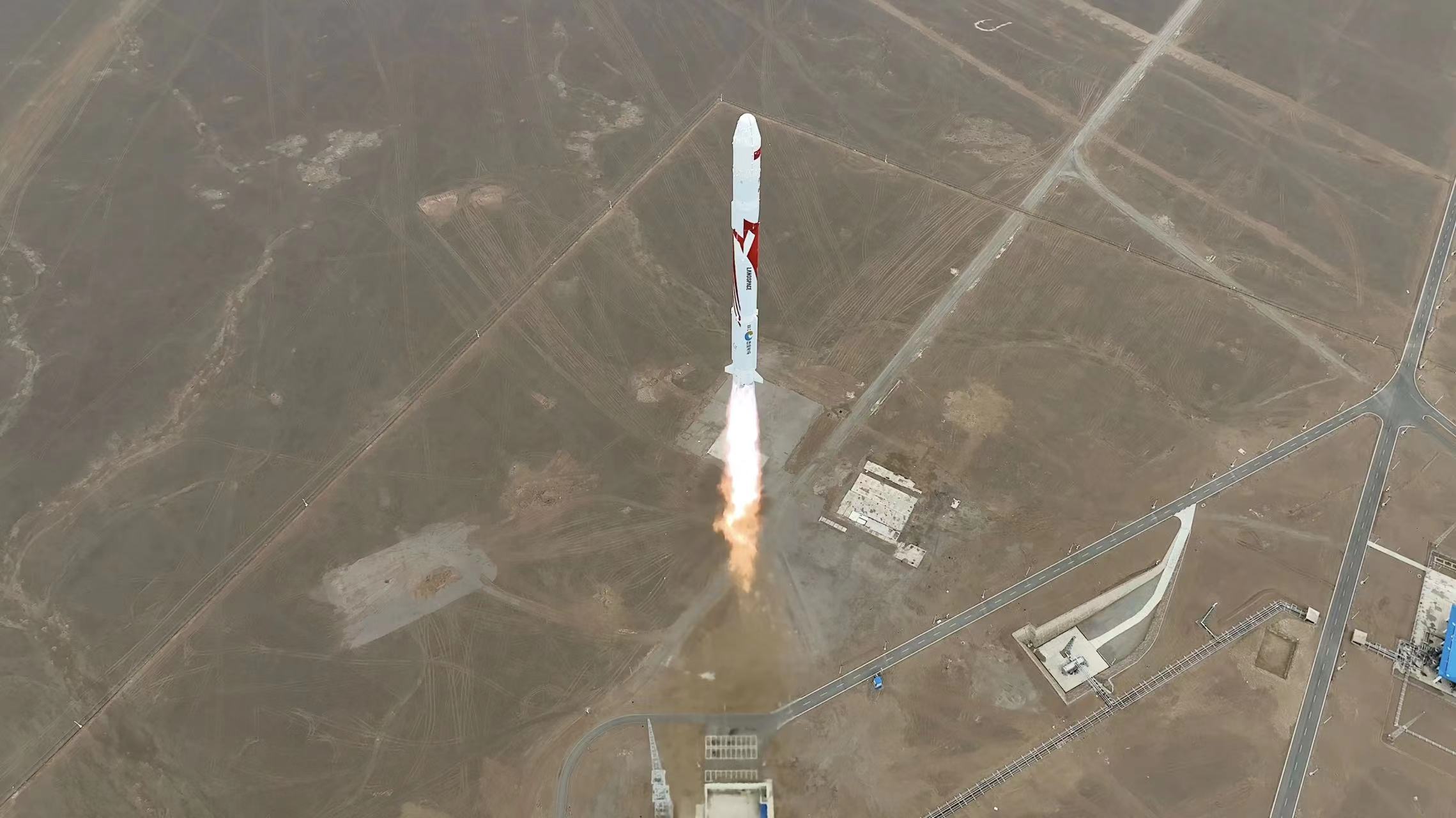
China launches Zhuque-2 Y-2 rocket at 9:00 a.m. (BJT) from the Jiuquan Satellite Launch Center in northwest China's Gobi Desert, July 12, 2023. /LandSpace
China launches Zhuque-2 Y-2 rocket at 9:00 a.m. (BJT) from the Jiuquan Satellite Launch Center in northwest China's Gobi Desert, July 12, 2023. /LandSpace
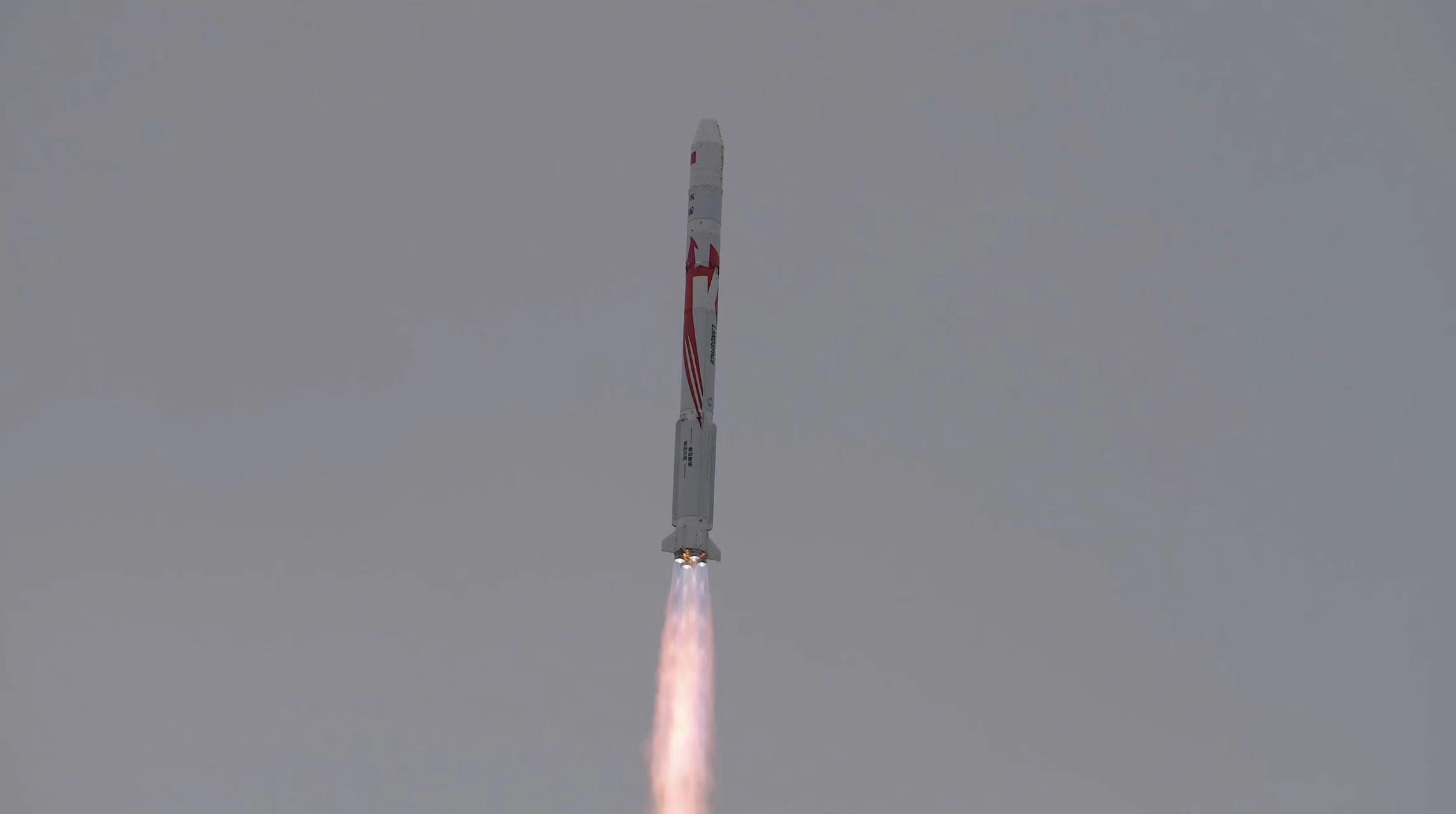
China launches Zhuque-2 Y-2 rocket at 9:00 a.m. (BJT) from the Jiuquan Satellite Launch Center in northwest China's Gobi Desert, July 12, 2023. /LandSpace
China launches Zhuque-2 Y-2 rocket at 9:00 a.m. (BJT) from the Jiuquan Satellite Launch Center in northwest China's Gobi Desert, July 12, 2023. /LandSpace
China's surging commercial aerospace sector
In 2015, China specifically encouraged private enterprises to develop commercial spaceflight in an outline, Ding Jie from the China Great Wall Industry Corporation told China Media Group (CMG).
Since then, domestic commercial spaceflight companies have been growing at a rapid rate of 20 percent every year, with products ranging from rocket launches and satellite research and development to satellite application, Ding added.
In the first half of 2023, the commercial space industry continued to maintain rapid growth, with successive successful launches of solid-propellant carrier rockets, such as the Kuaizhou and the successful maiden flight of the liquid-fueled carrier rocket Tianlong-2.
Currently, more than 350 Chinese commercial space satellites have been put into orbit.
Zhao Xiaolong, chairman of the China Commercial Space Alliance, told CMG that the commercial aerospace industry is ushering in a historic opportunity for development.
"This will greatly improve the ability to obtain commercial remote sensing data and the level of application services, and the commercial aerospace will inject stronger impetus into the construction of a space power," Zhao said.
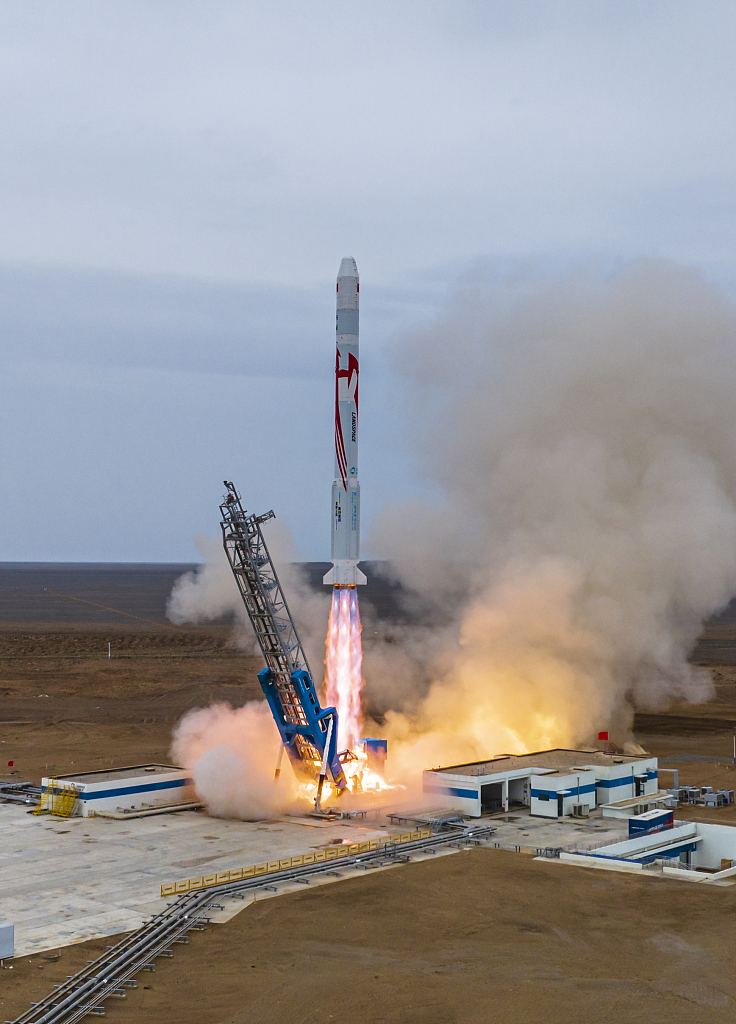
China launches Zhuque-2 Y-2 rocket at 9:00 a.m. from the Jiuquan Satellite Launch Center in northwest China's Gobi Desert, July 12, 2023. /CFP
China launches Zhuque-2 Y-2 rocket at 9:00 a.m. from the Jiuquan Satellite Launch Center in northwest China's Gobi Desert, July 12, 2023. /CFP
Why liquid methane rocket?
The technical path of liquid oxygen and methane rocket is considered to be the main direction for the development of human spaceflight technology in the future, said an industry insider.
At present, the world's major aerospace powers are scrambling to develop liquid oxygen and methane engines.
In addition to SpaceX, Blue Origin Corporation of U.S., Ariane Corporation of Europe and the Russian National Aerospace Corporation are all developing these rockets.
Zhang Changwu, founder and CEO of LandSpace, briefed the media after the Zhuque-2 Y-2 launch, saying that the use of liquid oxygen and methane as a propellant combination has a cost advantage at first.
Propellant is very easy to obtain and is relatively cheap. Once the liquid oxygen and methane engine technology is mature and applied, this kind of propellant will be an industrial product that can be purchased in large quantities, and the cost will be more controllable, Zhang continued, adding that this is very friendly to commercial aerospace companies.
Moreover, liquid oxygen methane propulsion has a better overall performance in reusable launch vehicles, said the CEO.
It is easier to solve the problem of carbon deposition after combustion, which can reduce the cleaning work when the engine is reused, and reduce the maintenance cost of reusable rockets.
02:28
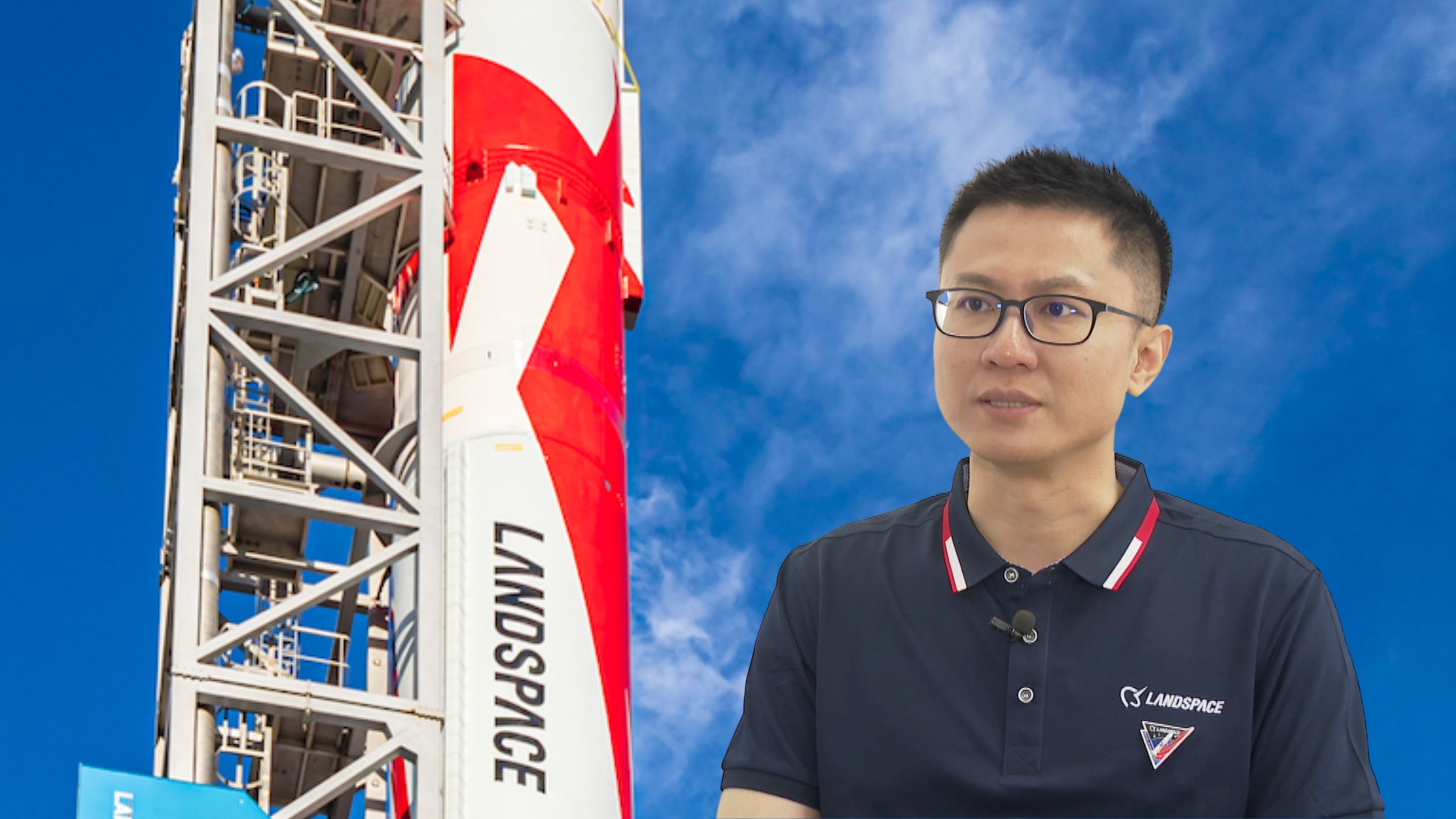
Dai Zheng, deputy chief designer of Zhuque-2, told CGTN on Wednesday that LandSpace will continue to improve the Zhuque-2 and that research and development of the company's reusable rocket has initiated, and a new type of engine will be tested.
"We are expecting to launch the reusable rocket in the second half of 2025," said the deputy chief designer.
Read More:
Sharing Rockets: China opens first auction for Long March 'carpooling'
(CGTN's Zhao Yuxiang, Ma Yang, Chen Yurong, Cao Qingqing, Liu Wei also contributed to the story.)